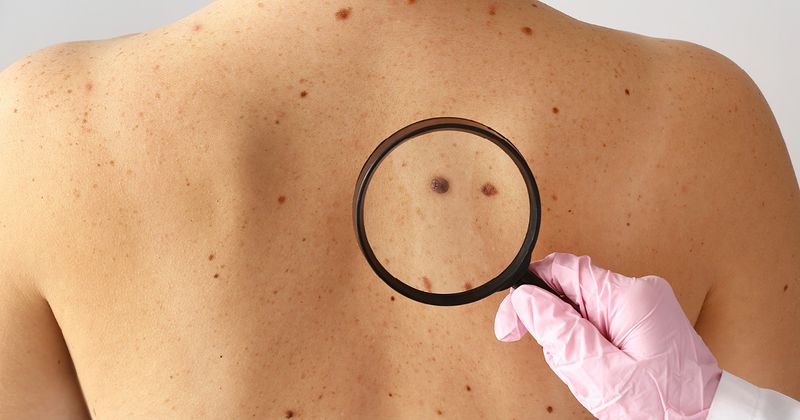Cryosurgery, topical 5-fluorouracil treatment may be effective for low-risk skin cancer
Key takeaways:
- 6 months after the initial treatment, 90% of Bowen’s disease cases achieved complete clearance.
- 86.9% of superficial basal cell carcinoma cases achieved the same.
Combination cryosurgery and topical 5-fluorouracil may be a better treatment alternative to invasive procedures for patients with low-risk nonmelanoma skin cancer, according to a study.
“[Superficial basal cell carcinoma (sBCC)] is confined to or is contiguous with the epidermis, and, similarly, [Bowen’s disease (BD)] does not invade the underlying dermal layer,” Samina Nazarali, MD, of the department of medicine at Dalhousie University in Canada, and Dusan Sajic, MD, PhD, of Guelph Dermatology Research and the faculty of sciences at McMaster University in Canada, wrote. “Thus, there is a question as to whether surgical interventions are required for treatment given the more invasive nature of the procedure, longer wait and recovery times, risk of associated morbidities and aesthetic appearance of the final scar site.”

On the other hand, cryosurgery followed by 3 to 4 weeks of topical 5-fluorouracil may provide positive outcomes to patients with sBCC or BD while avoiding the adverse events associated with more invasive procedures, according to the researchers.
To evaluate the efficacy of cryosurgery and 5-fluorouracil, Nazarali and Sajic conducted a retrospective chart review.
Of 310 BD cases and 176 sBCC cases in the review, 229 BD cases and 61 sBCC cases received combination cryosurgery and immediate 5-fluorouracil application. Results showed that 6 months after the initial treatment, 90% of the BD cases and 86.9% of the sBCC cases achieved complete clearance.
In comparison, of the 81 BD cases and 115 sBCC cases that were treated with cryosurgery alone, 81.5% and 76.5% achieved clearance, respectively. A much smaller patient pool was treated with 5-fluorouracil alone which yielded in a lack of follow-up and inconclusive results for this treatment option.
Based on these results, the authors explained that while this combination treatment’s cure rates did not match the cure rates with Mohs micrographic surgery, they were similar to the cure rates of other surgical modalities especially for conditions that have a low risk for mortality such as BD and sBCC.
“Cryosurgery and [5-fluorouracil] combination treatment with no recovery time between modalities is an effective option when treating sBCC and BD and may be more accessible to clinicians while providing fewer adverse effects for patients,” the authors concluded.
